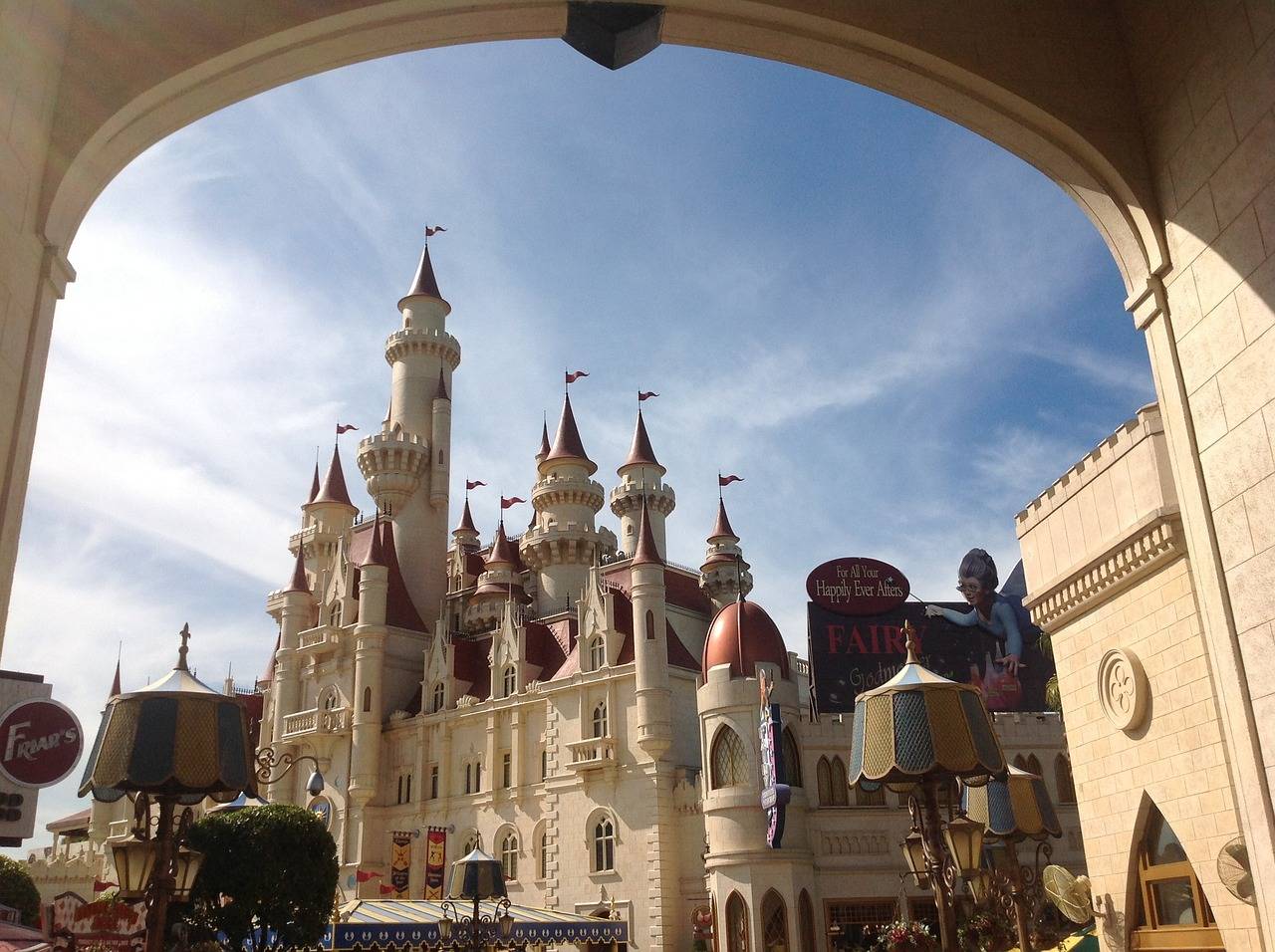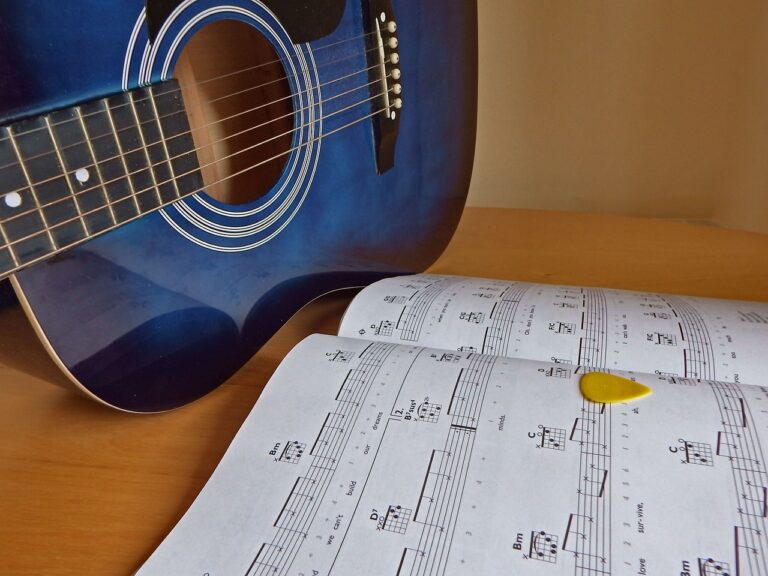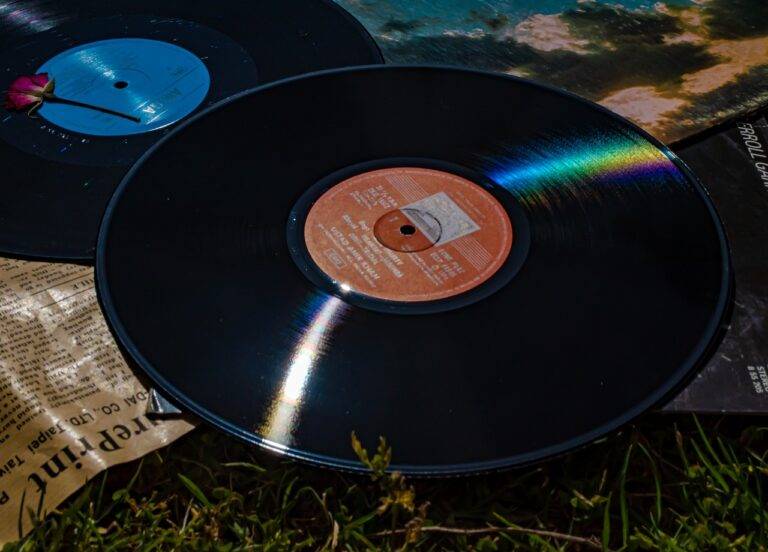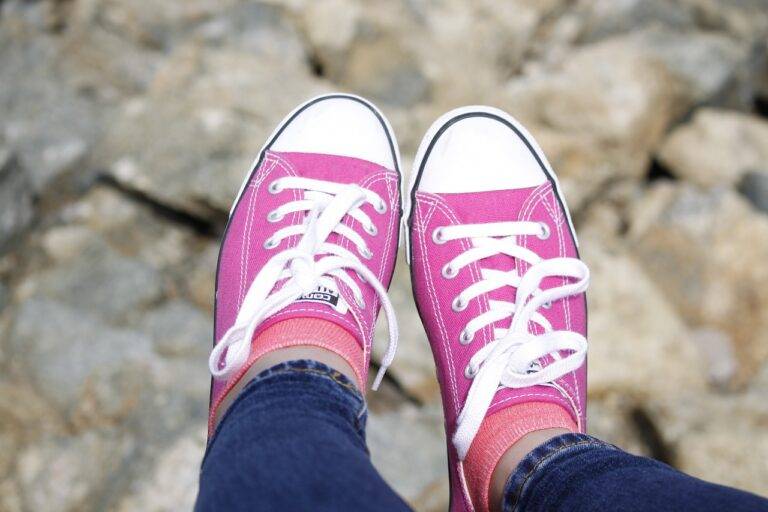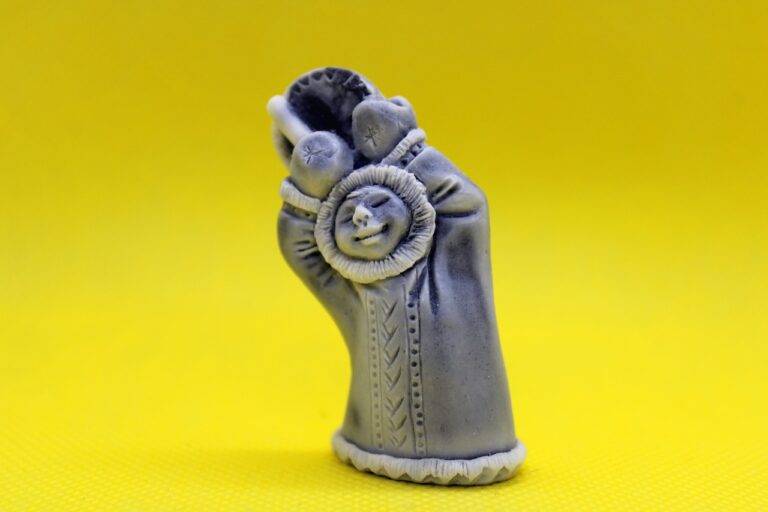Analyzing the Representation of Indigenous Peoples in Film and TV
Indigenous representation in media is a crucial aspect that impacts how Indigenous peoples are perceived by the general public. The way in which Indigenous individuals and communities are portrayed on screen can shape societal attitudes and contribute to ongoing issues of racism and discrimination. Thus, it is essential for media portrayals to be authentic, respectful, and accurately reflect the diversity and richness of Indigenous cultures and experiences.
An important key concept in Indigenous representation in media is the need for Indigenous peoples to have control over their own narratives. This means that Indigenous individuals should be actively involved in the production, writing, and direction of media projects that depict their communities. By centering Indigenous voices and perspectives, media representations can move away from harmful stereotypes and instead offer a more truthful and multifaceted portrayal of Indigenous lives.
The History of Indigenous Peoples in Film and Television
Indigenous peoples have a long and complex history in film and television, dating back to the early days of cinema. Often portrayed in stereotypical and one-dimensional ways, Indigenous characters were frequently depicted as noble savages or violent threats to settlers. These portrayals perpetuated harmful stereotypes and erased the diverse cultures and identities of Indigenous communities.
In the mid-20th century, there was a slight shift in how Indigenous peoples were represented on screen, with some films and TV shows attempting to showcase more nuanced portrayals. However, these attempts were often overshadowed by continued misrepresentations and lack of authentic Indigenous voices in the industry. The history of Indigenous peoples in film and television is marked by a struggle for accurate and respectful representation, a fight that continues to this day.
Stereotypes and Misrepresentations of Indigenous Peoples in Media
Indigenous peoples are often portrayed in media through harmful stereotypes that perpetuate negative perceptions and misconceptions. These misrepresentations can contribute to the erasure of Indigenous cultures and histories, creating a skewed and one-dimensional view of these diverse communities. From the portrayal of Indigenous individuals as primitive and savage to romanticized and mystical beings, the media has a long history of perpetuating harmful stereotypes that fail to capture the complexity and richness of Indigenous identities.
Moreover, the lack of authentic representation and the over-reliance on clichés and tropes in mainstream media further marginalize Indigenous voices and experiences. When Indigenous characters are portrayed, they are often relegated to supporting roles or token representations, reinforcing the idea that their stories are not worthy of being center stage. This lack of accurate and respectful portrayal not only does a disservice to Indigenous peoples but also limits opportunities for audiences to engage with their stories in a meaningful and authentic way.

